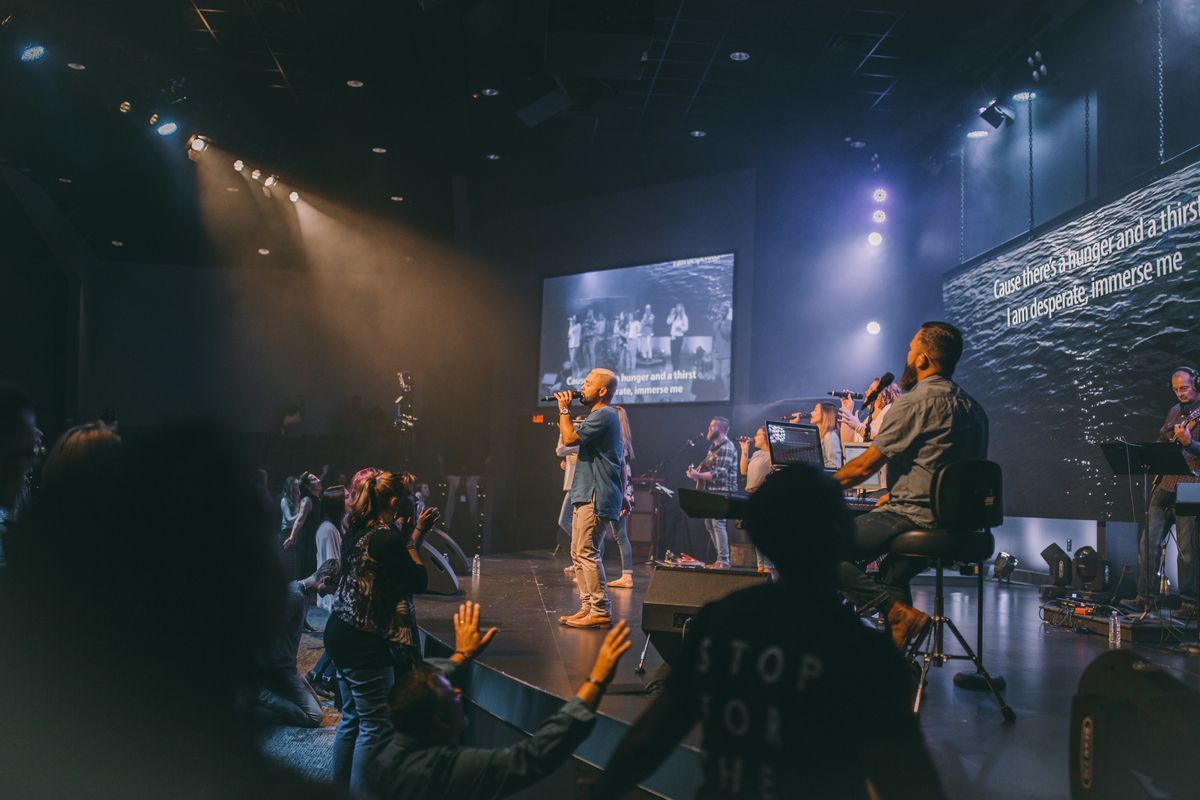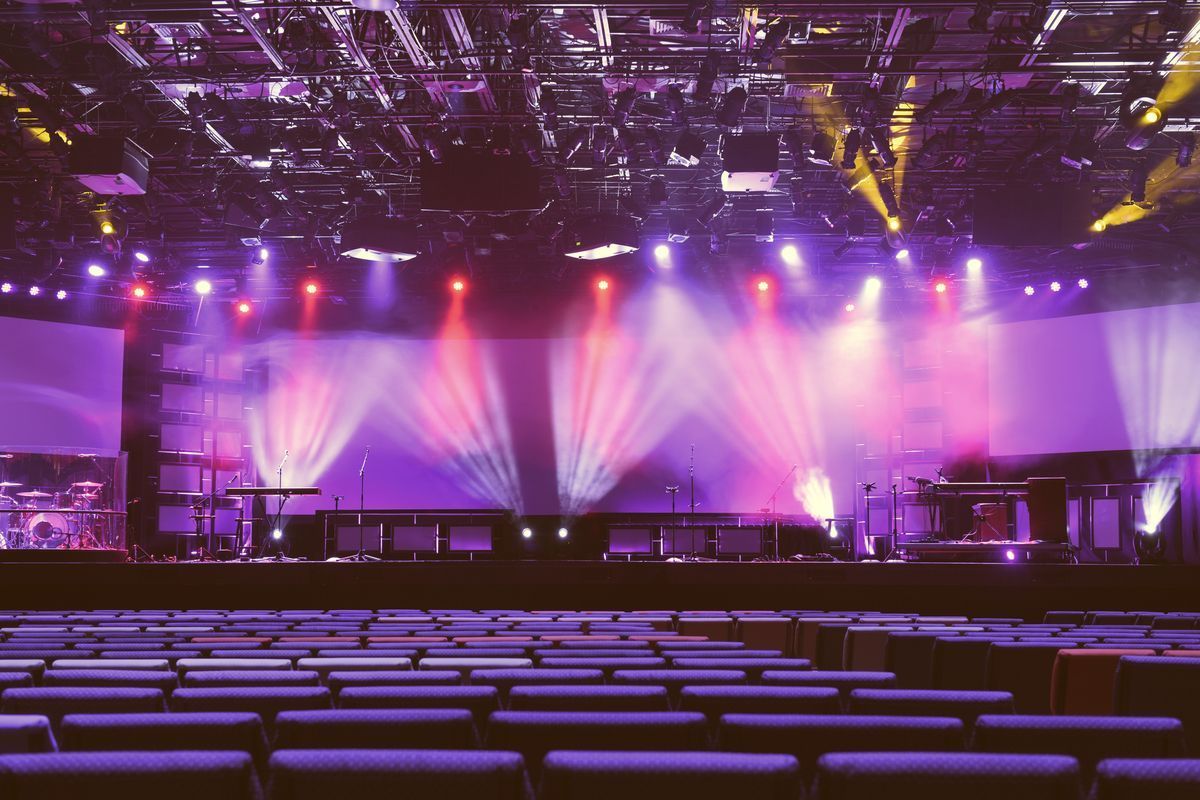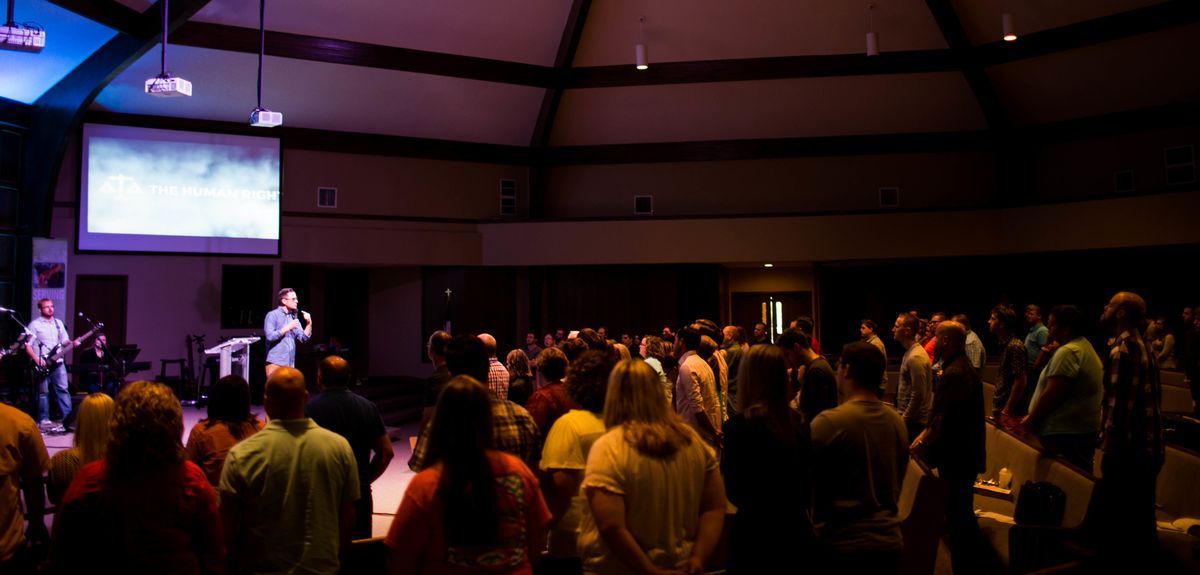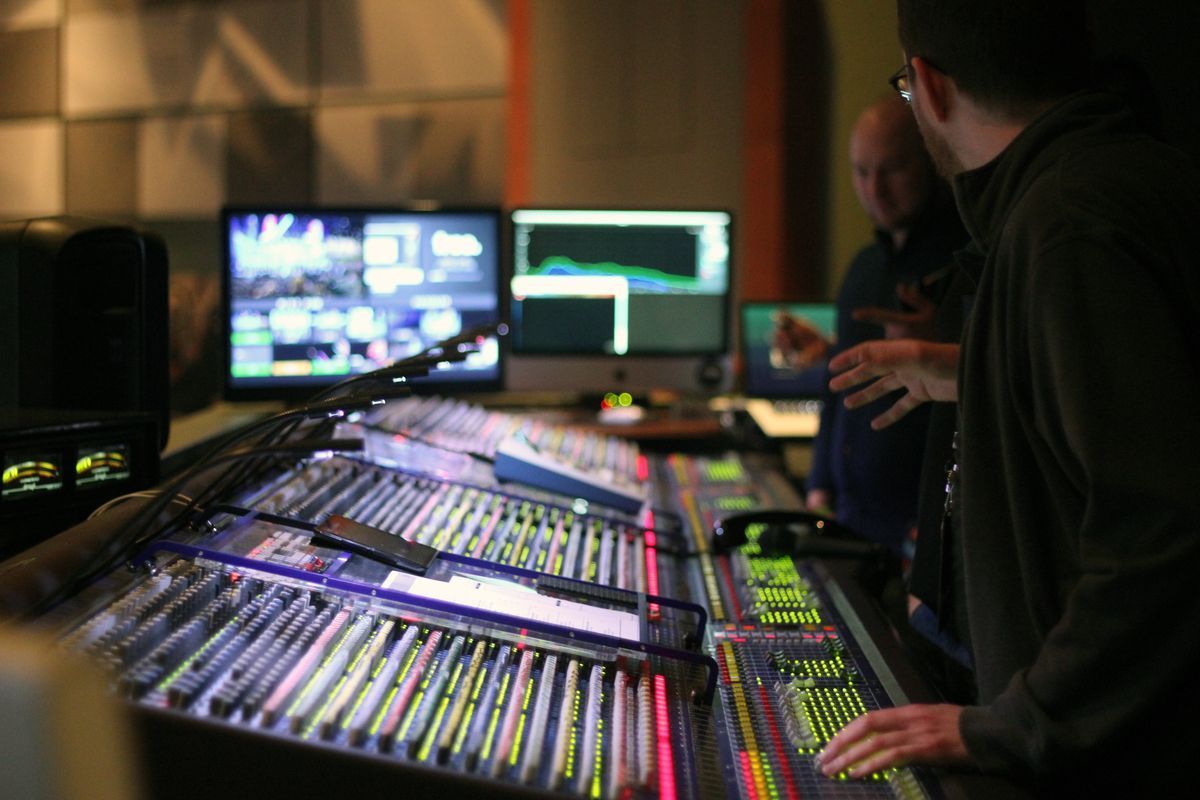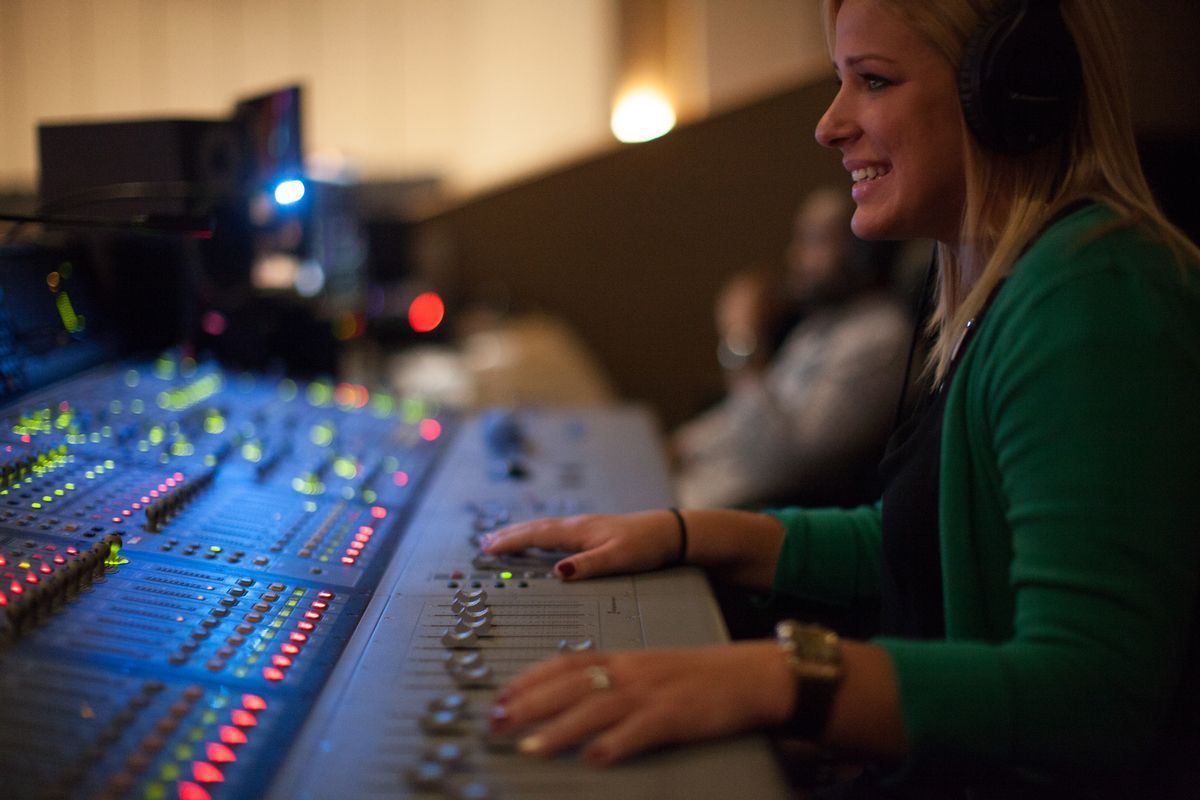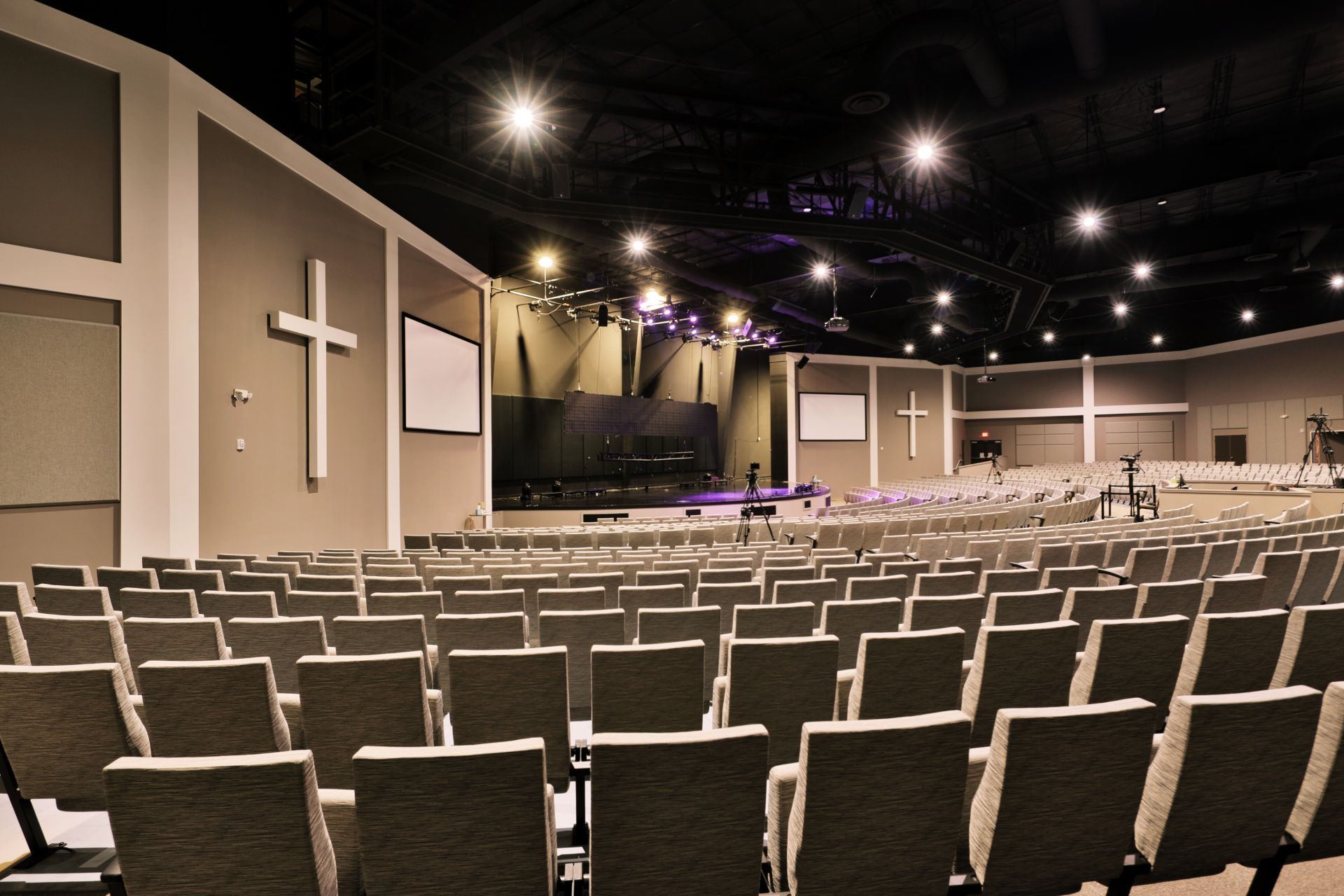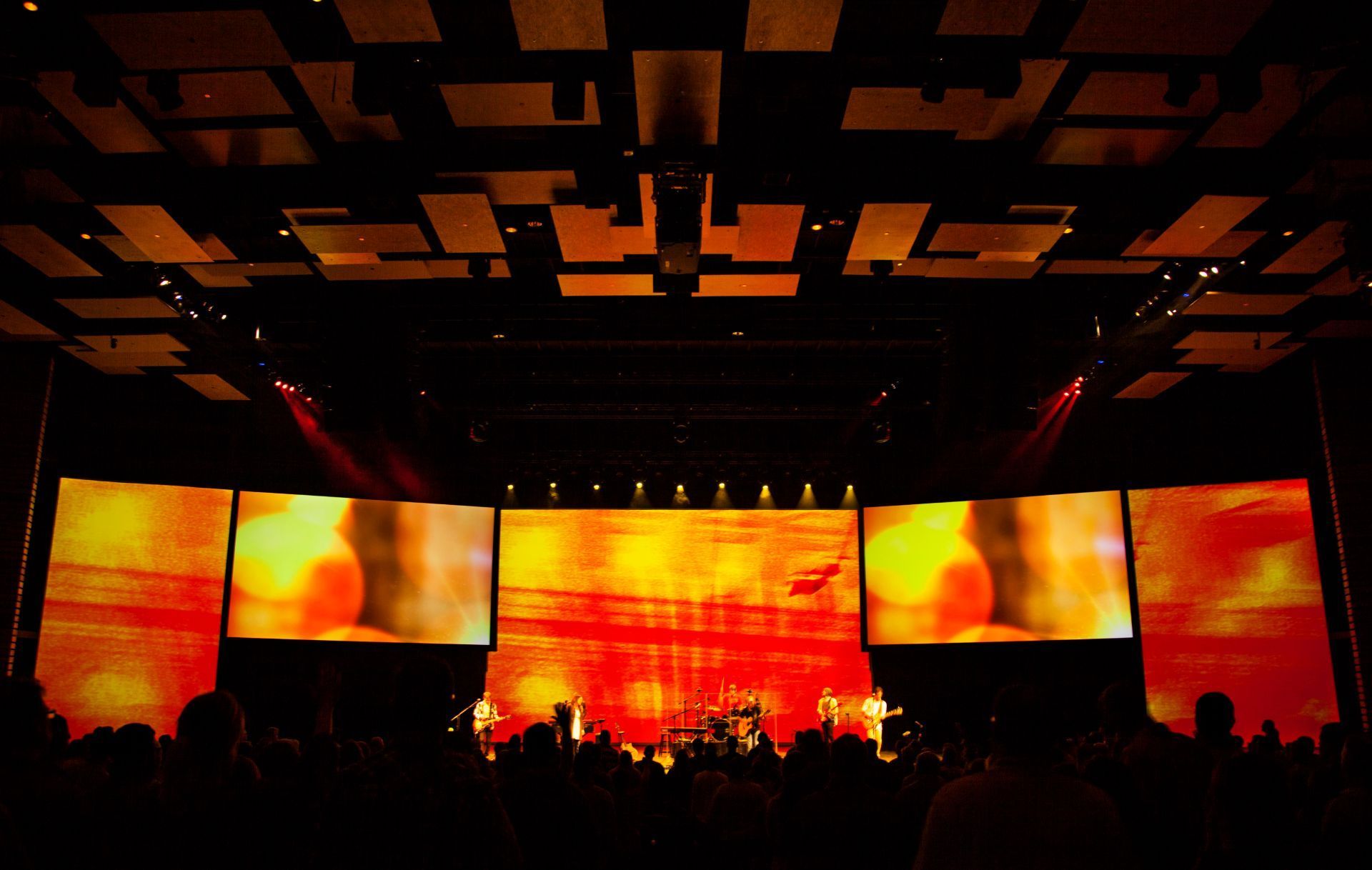The Impact of Acoustical Design on Event Experiences: Optimizing Sound Quality in Venues
In the world of event production and venue design, acoustics play a fundamental role in shaping the overall experience of attendees. Poor acoustics can not only hamper the delivery of clear, intelligible sound but also lead to a negative impact on the enjoyment and satisfaction of your audience. As a world leader in audio, video, acoustic, and lighting technology applications, our mission is to empower you with expert knowledge, innovative solutions, and unparalleled expertise to optimize the acoustic performance of your event spaces and deliver unforgettable experiences.
In this comprehensive guide, we will delve into the critical aspects of acoustical design, exploring the science behind sound propagation, absorption, and reflection within various types of venues. We will also uncover the significance of various acoustic elements, such as room dimensions, materials, and geometry, that influence the overall sound quality and clarity in your event spaces. Furthermore, we will offer insights into practical ways to assess and improve the acoustics of your venue, including the use of advanced acoustic modeling software, sound measurement, and the implementation of targeted acoustic treatments.
With a focus on unlocking the full potential of your event spaces through superior acoustical design, our ultimate goal is to elevate your sound quality and clarity, ensuring harmonious and captivating event experiences that leave a lasting impression on your audience. We invite you to join us on this insightful journey into the world of acoustics, discovering the keys to perfect sound quality and mastering the art of acoustical design with AE Global Media.
The Science of Sound Propagation: Understanding Acoustic Principles
Unlocking the potential of your event spaces requires a solid understanding of the fundamental principles of acoustics. It starts with grasping how sound propagates within a space, and how different factors affect its quality:
1. Direct Sound: The initial sound wave that reaches the listener directly from the source without reflecting off any surfaces.
2. Early Reflections: Sound waves that reach the listener after reflecting off one or more surfaces, such as those in an enclosed environment. These reflections contribute to the overall perception of sound quality.
3. Reverberation: The persistence of sound after the source has stopped, caused by multiple reflections within the space. Reverberation time (RT60) is a measure of how long it takes for the sound to decay by 60 decibels.
4. Acoustic Distortion: The alteration of a sound's waveform due to room acoustics or sound system limitations, which can negatively impact clarity and intelligibility.
Key Acoustic Elements and Their Impact on Sound Quality
Various acoustic elements influence the sound quality in event spaces. Understanding these factors is crucial to optimizing your venue's acoustics:
1. Room Dimensions: The size and shape of a room significantly affect sound propagation and decay. Rectangular spaces with parallel walls can lead to focusing or flutter echo effects, while a well-designed space reduces acoustic anomalies.
2. Surface Materials: The choice of materials for walls, ceilings, and floors can dramatically influence sound absorption and reflection. Hard, nonporous surfaces reflect sound, while porous, soft materials absorb it.
3. Room Geometry: Architectural features such as curved or angled surfaces can diffuse or scatter sound more uniformly, promoting even distribution and reducing the likelihood of acoustic distortion.
Assessing and Improving Venue Acoustics
Evaluating and enhancing the acoustics of your event spaces involve implementing practical assessment techniques and targeted treatments:
1. Acoustic Measurements: Tools such as sound level meters and impulse response analyzers measure the acoustic properties of a space, providing data on reverberation time, early decay time, and clarity indices.
2. Acoustic Modeling Software: Advanced simulation software can help in predicting acoustic performance and identifying potential issues in a space's design. This enables targeted modifications to improve acoustic quality.
3. Acoustic Treatments: Strategic application of absorptive, diffusive, and/or reflective materials can help control sound reflections and reverberation, ultimately enhancing the overall acoustic quality in your venue.
Innovations and Best Practices in Acoustical Design
Embracing the latest advancements and adhering to the best practices in acoustical design ensures optimal sound quality and enchanting event experiences:
1. Electroacoustic Enhancement Systems: Using cutting-edge technology, these systems combine natural room acoustics with electronic sound reinforcement to create customizable and immersive audio experiences.
2. Holistic Design Approach: Integrating acoustics from the initial planning and design stage of a venue is crucial. A collaborative approach involving architects, engineers, and acousticians ensures that acoustic considerations are part of the project's foundation.
3. Performance and Alignment Criteria: Establish clear objectives for performance and alignment criteria for all audio, video, and lighting systems to help guarantee harmonious audiovisual experiences in your venue.
Conclusion
Acoustical design plays a pivotal role in enhancing event experiences by ensuring perfect sound quality and clarity in your venue. By mastering the science of sound propagation, understanding the impact of key acoustic elements, employing practical assessment methods, and embracing the latest innovations and best practices, you can unlock the full potential of your event spaces. Our team of experts is dedicated to helping you achieve awe-inspiring acoustic performances and create enchanting event experiences that will leave your audience spellbound. So, let's take the first step toward perfect sound quality together, with AE Global Media as your trusted partner in
acoustical design excellence.

